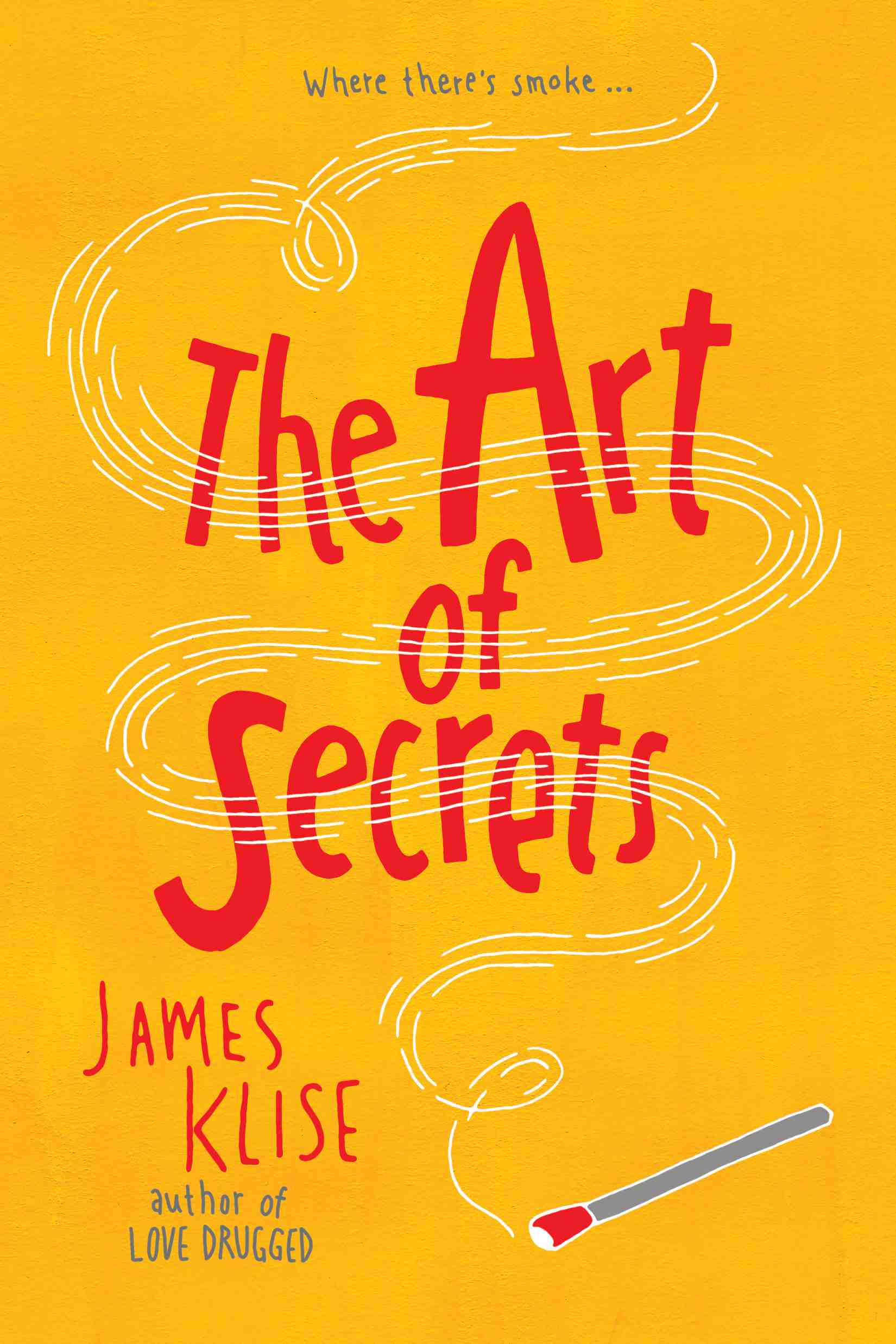 “THE ART OF SECRETS,” by James Klise, Algonquin Young Readers, April 22, 2014, Hardcover, $16.95 (young adult)
“THE ART OF SECRETS,” by James Klise, Algonquin Young Readers, April 22, 2014, Hardcover, $16.95 (young adult)
I received an advanced copy of James Klise’s “The Art of Secrets” long before its recent release. It was added to my rather large pile of “to-read” books but didn’t stay there long. Something about the book’s synopsis and its cover stood out to me — I ended up reading most of it in one sitting.
When Saba Khan’s apartment burns in a mysterious fire, possibly a hate crime, her Chicago high school rallies around her. Her family moves rent-free into a luxury apartment, Saba’s Facebook page explodes, and she starts (secretly) dating a popular boy. Then a quirky piece of art donated to a school fund-raising effort for the Khans is revealed to be an unknown work by a famous artist, worth hundreds of thousands of dollars, and Saba’s life turns upside down again. Should Saba’s family have all that money? Or should it go to the students who found the art? Or to the school? And just what caused that fire? Greed, jealousy, and suspicion create an increasingly tangled web as students and teachers alike debate who should get the money and begin to point fingers and make accusations. The true story of the fire that sets events in motion and what happens afterward gradually comes together in an innovative narrative made up of journal entries, interviews, articles, letters, text messages, and other documents.*
“The Art of Secrets” is at heart a mystery, and the way Klise sets the scene makes you feel as if this could happen anywhere. Fires, hate crimes, missing art found — all have made recent headlines. It’s probable fiction at its best.
But what truly sets “The Art of Secrets” apart is Klise’s decision to mix monologues, journal entries, interviews, letters, etc. Each chapter is unique and offers different points of view. This gives Klise’s book a fresh, fast-paced feel, engaging the reader on multiple levels. It also creates an intimacy with the characters, as if you know them personally.
There’s a lot to “The Art of Secrets” and one reading just scratches the surface. It will be interesting to reread it at a later date and discover previously missed elements.
*Synopsis provided by Algonquin Young Readers.
Editor’s note: The above post differs from Cracking the Cover’s regular review format. Learn more.
